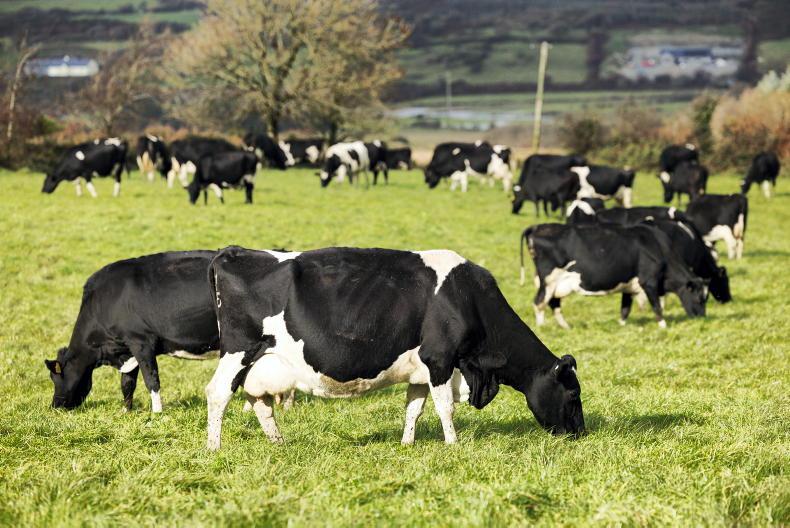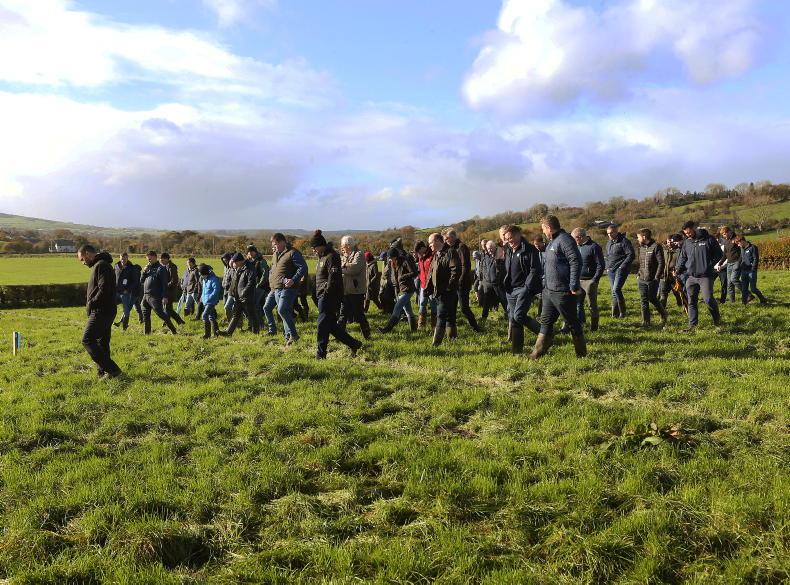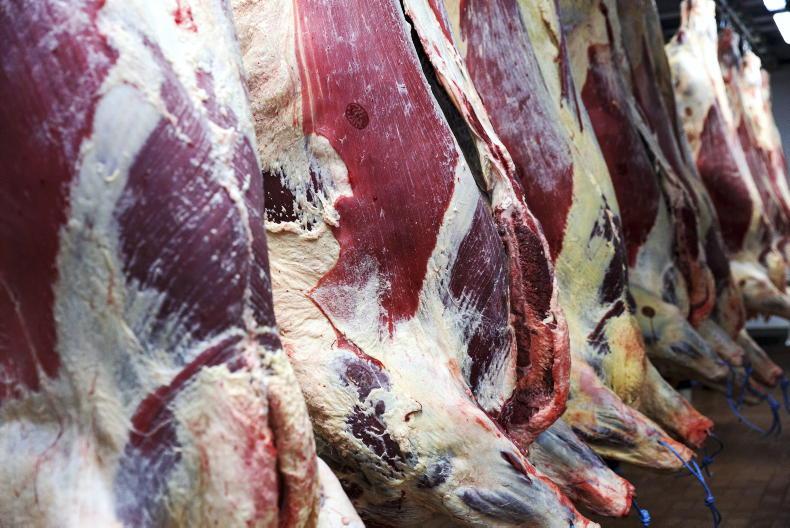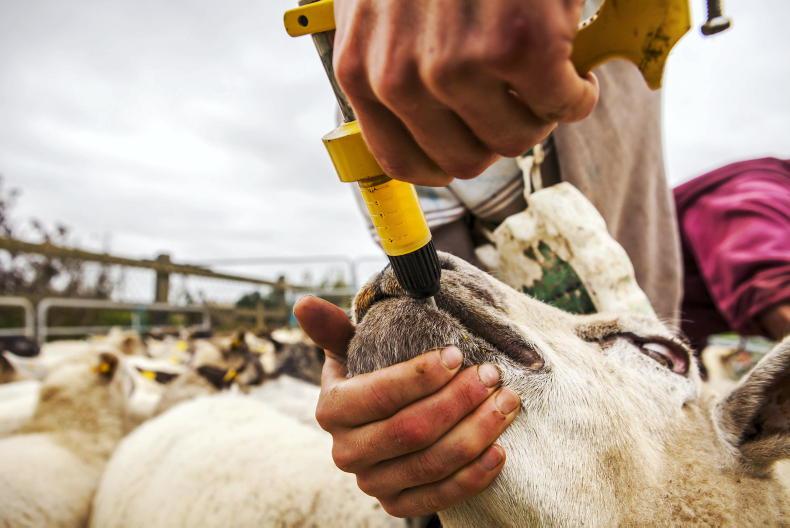Slurry problems
A wet autumn and an early start to winter housing have put big pressure on slurry storage capacity. Tanks are getting very full on many farms, with weeks to go before the closed season ends. Farmers in Zone A can spread from 13 January, provided weather conditions allow. So what to do in the meantime? The first step must be to utilise available storage on the farm. So if one tank is nearly full, but another tank has capacity, then taking from the full tank and adding to the other tank will need to be done. If all tanks on the farm are nearly full, then the next option is to look at moving slurry off the farm to a neighbouring farm that has spare capacity. Okay, there are issues around nitrates and paperwork, but if the alternative is land spreading, then these issues can surely be overcome. There is nothing to stop a farm taking a few loads of slurry to a neighbouring farm and then taking them back again when the closed period ends. There could be biosecurity issues with this, but then again it’s much safer than spreading slurry in the closed period, in terms of the impact on water quality, threat to the derogation, the fine and the shame if caught. I know councils and the Department are watching this carefully and are only waiting to make an example of someone who is playing off side. Another trick could be to agitate tanks that are getting full. Breaking the fluffy crust can create a bit more room in the tank, but this might only buy you a few days.
Lime
It has been a difficult autumn to get lime spread due to all the wet weather and waterlogged fields. While the weather hasn’t exactly been dry for the last few weeks there could still be windows of opportunity to get lime applied to fields that need it most. I have seen some lime spreaders out working on dry land, on dry days, over the last few weeks. The key thing is that lime, or having the correct soil pH is a critical requirement for good clover content. Both multi-species swards and high clover grass swards have a higher requirement for soil pH than grass-only swards and the top farmers target soil pH at 6.5 or above. These top farmers also plan their clover establishment six or 12 months ahead. So rather than applying lime at the time of sowing, they will ensure the soil pH is corrected the autumn before they intend over-sowing clover or reseeding. With less nitrogen being applied and more urea-based nitrogen being used, then the requirement for lime is going to grow.
Doses
With cows housed and most herds fully dry, now is the time to get dairy cows dosed. The key parasites that need to be considered are lice, worms, liver fluke and rumen fluke. The key point is that none of these parasites require routine, annual treatment. They should all be treated if and when the need arises. The vet can advise on what and how to test for these parasites. Herd health screening through the bulk tank is also a good indicator of exposure to parasites. Most importantly, you should dose early in the dry period, as some doses have a 60-day withdrawal period.
Slurry problems
A wet autumn and an early start to winter housing have put big pressure on slurry storage capacity. Tanks are getting very full on many farms, with weeks to go before the closed season ends. Farmers in Zone A can spread from 13 January, provided weather conditions allow. So what to do in the meantime? The first step must be to utilise available storage on the farm. So if one tank is nearly full, but another tank has capacity, then taking from the full tank and adding to the other tank will need to be done. If all tanks on the farm are nearly full, then the next option is to look at moving slurry off the farm to a neighbouring farm that has spare capacity. Okay, there are issues around nitrates and paperwork, but if the alternative is land spreading, then these issues can surely be overcome. There is nothing to stop a farm taking a few loads of slurry to a neighbouring farm and then taking them back again when the closed period ends. There could be biosecurity issues with this, but then again it’s much safer than spreading slurry in the closed period, in terms of the impact on water quality, threat to the derogation, the fine and the shame if caught. I know councils and the Department are watching this carefully and are only waiting to make an example of someone who is playing off side. Another trick could be to agitate tanks that are getting full. Breaking the fluffy crust can create a bit more room in the tank, but this might only buy you a few days.
Lime
It has been a difficult autumn to get lime spread due to all the wet weather and waterlogged fields. While the weather hasn’t exactly been dry for the last few weeks there could still be windows of opportunity to get lime applied to fields that need it most. I have seen some lime spreaders out working on dry land, on dry days, over the last few weeks. The key thing is that lime, or having the correct soil pH is a critical requirement for good clover content. Both multi-species swards and high clover grass swards have a higher requirement for soil pH than grass-only swards and the top farmers target soil pH at 6.5 or above. These top farmers also plan their clover establishment six or 12 months ahead. So rather than applying lime at the time of sowing, they will ensure the soil pH is corrected the autumn before they intend over-sowing clover or reseeding. With less nitrogen being applied and more urea-based nitrogen being used, then the requirement for lime is going to grow.
Doses
With cows housed and most herds fully dry, now is the time to get dairy cows dosed. The key parasites that need to be considered are lice, worms, liver fluke and rumen fluke. The key point is that none of these parasites require routine, annual treatment. They should all be treated if and when the need arises. The vet can advise on what and how to test for these parasites. Herd health screening through the bulk tank is also a good indicator of exposure to parasites. Most importantly, you should dose early in the dry period, as some doses have a 60-day withdrawal period.









SHARING OPTIONS